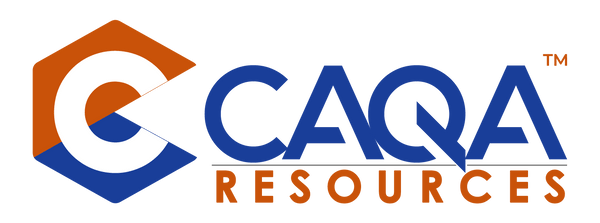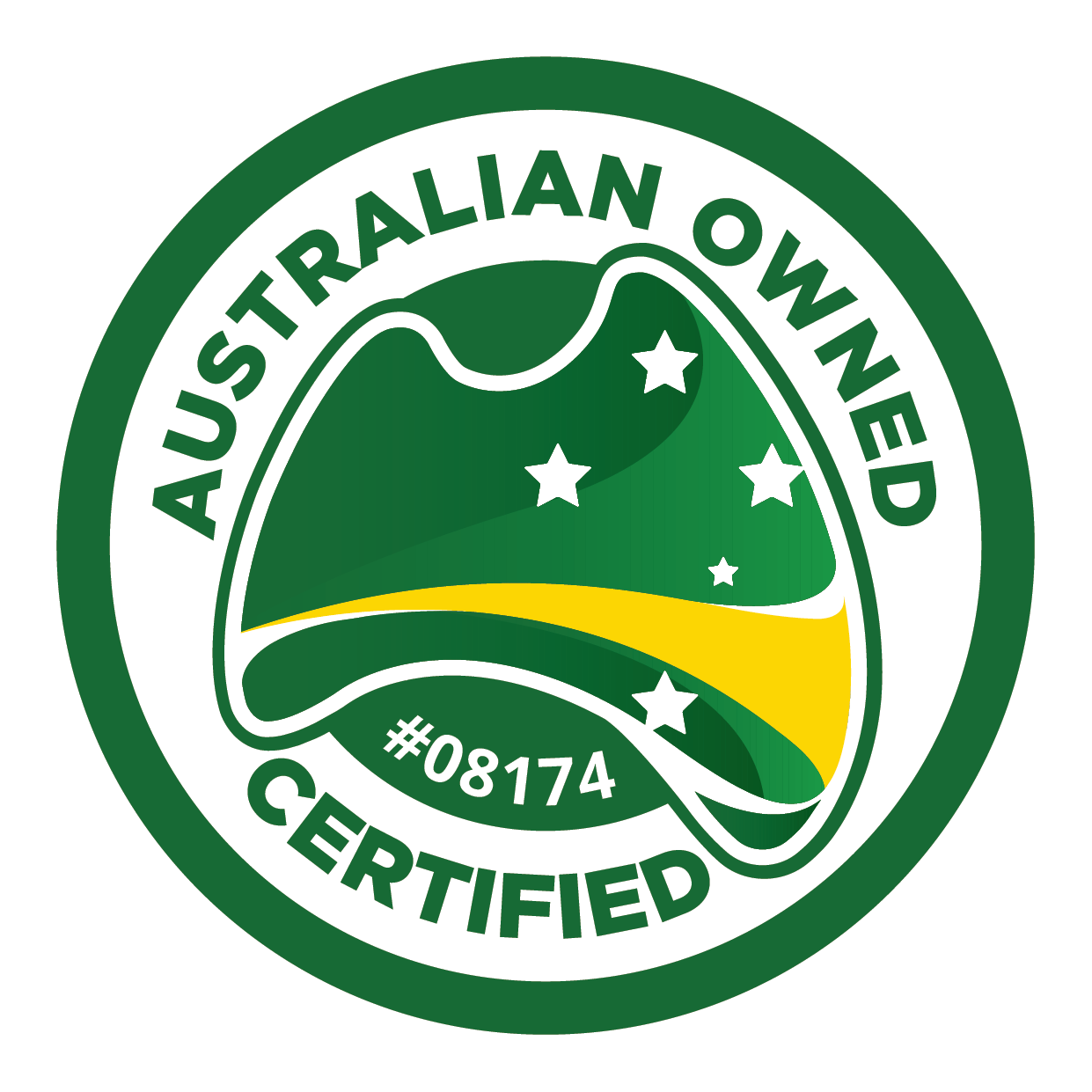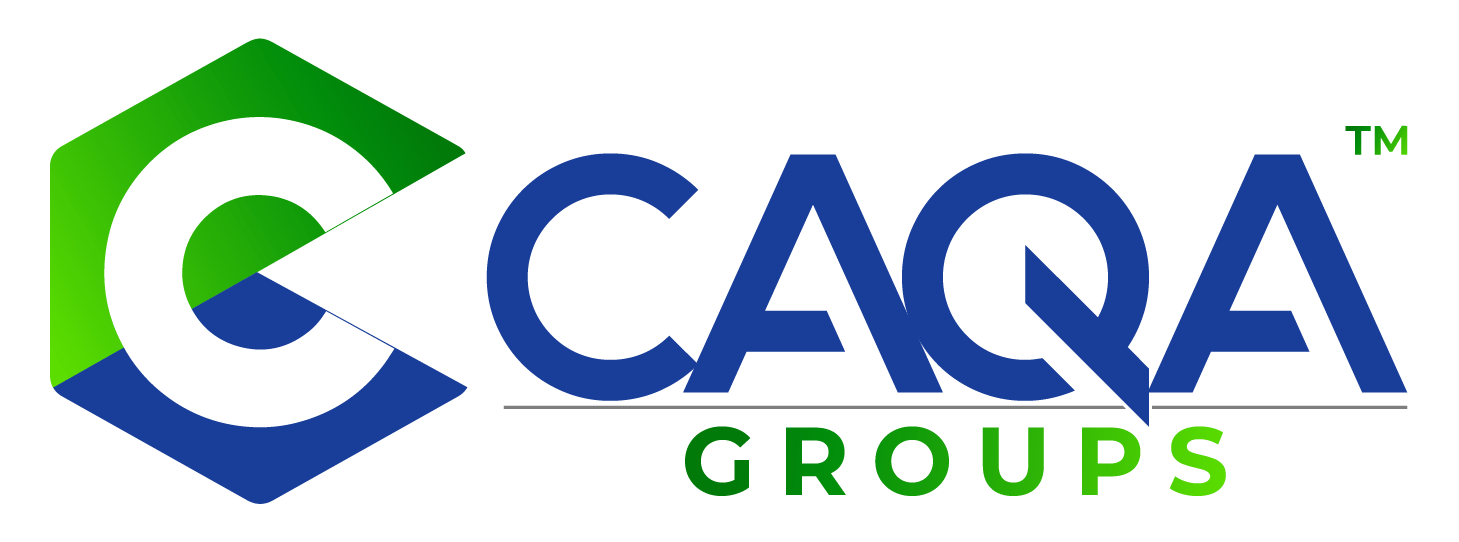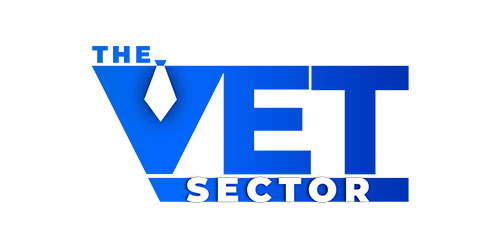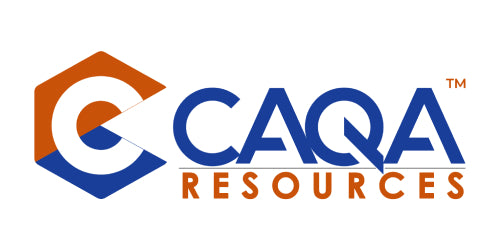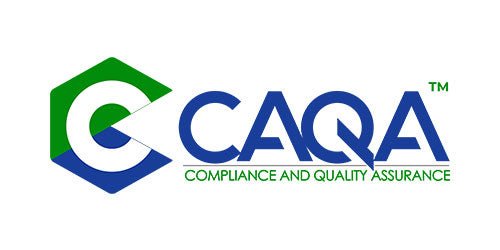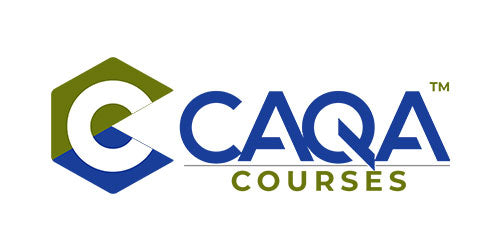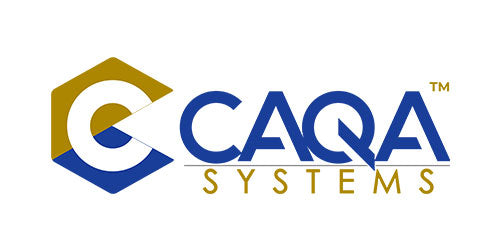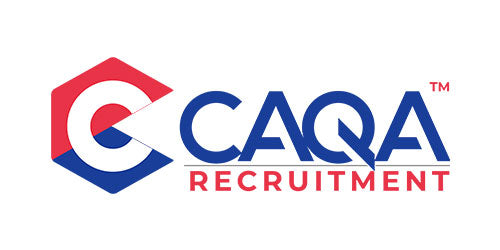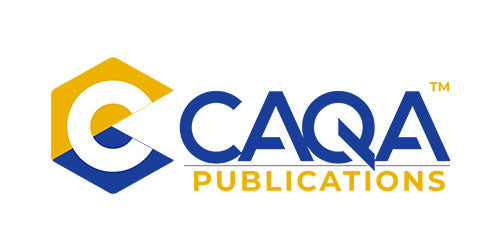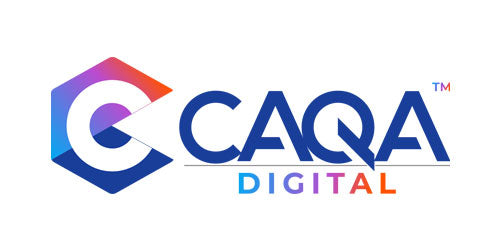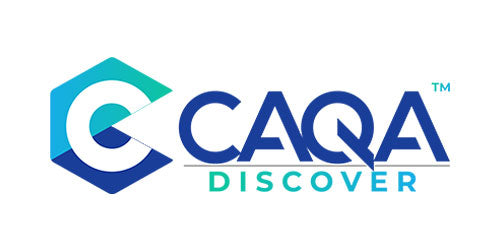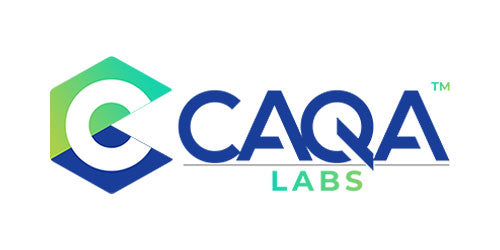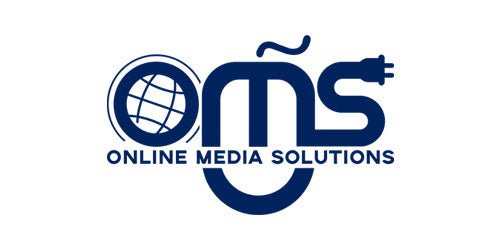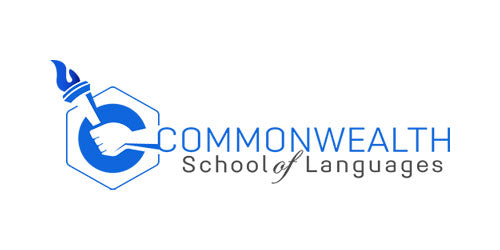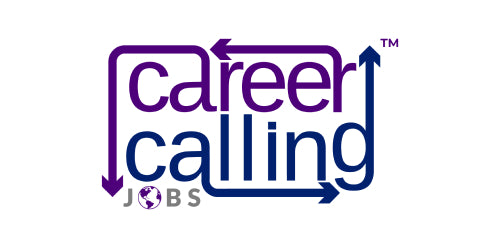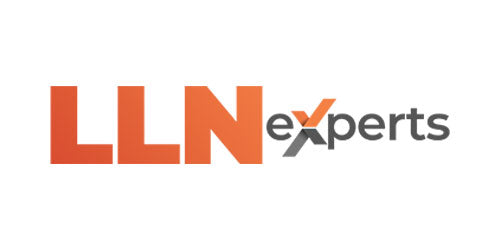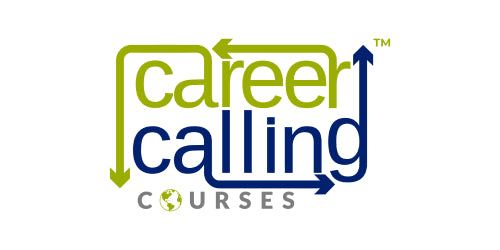Introduction
ASQA reports consistently highlight that developing valid and reliable assessments is one of the most challenging aspects of RTO compliance. A substantial portion of audited RTOs fail to meet Clause 1.8 of the Standards for RTOs 2015, which addresses assessment guidelines. Consider having an independent industry expert validate your training and assessment strategies and resources to bolster your compliance and improve training outcomes. This provides unbiased feedback and helps identify areas for improvement.
Understanding Assessment Tools
The primary purpose of a quality assessment tool is to establish whether a learner is competent or not yet competent in a given training product. Trainers/assessors can do this through three primary methods:
Tell me what you can do (Demonstration of knowledge): Assess theoretical knowledge, often through written or verbal activities.
Show me what you can do (Demonstration of skills): Evaluate practical skills through simulated environments, roleplays, workplace tasks, or observations.
Make me something (Application of knowledge and skills): Projects, portfolios, or products that demonstrate the learner's ability to apply knowledge.
Key Areas of Focus
1. Ensuring Alignment with Training Package Requirements
Australian Qualifications Framework (AQF) Level: Understand the specific knowledge and skill level expected for the unit of competency based on its AQF level. This dictates the complexity and depth of your assessment methods.
Unit Descriptor and Application: Review these to grasp the intended work activities, skills, and contexts the unit covers.
Prerequisites and Corequisites: Identify requirements that must be met before undertaking the unit or those that should be assessed simultaneously
Elements, Performance Criteria, Performance Evidence, Foundation Skills, and Knowledge Evidence: Thoroughly examine these to ensure your assessment activities comprehensively cover each competency requirement.
Assessment Conditions: Adhere to specific conditions or restrictions outlined in the training package.
2. Knowledge and Skill Assessment
Knowledge Assessment addresses the knowledge evidence within the training package. Use various methods, including questions, case studies, or reports, to assess learner understanding. For lower AQF levels, multiple-choice questions might suffice, whereas higher levels might demand short-answer questions or closed-book exams.
Skill Assessment: Design practical tasks, simulations, demonstrations, and observations aligned with the performance criteria and performance evidence within the training package.
3. Mapping to Training Package Requirements
Comprehensive mapping ensures each training package component is thoroughly addressed in your assessment. This cross-referencing process links unit requirements with specific questions or tasks within your assessments. Mapping is a content validity tool; it does not ensure process validity.
4. Evidence Collection and Assessment Methods
Methods and Tools: Choose relevant assessment methods like written questions, practical demonstrations, projects, workplace observations, third-party reports, etc. These should reflect the AQF level and the specific competencies being assessed.
Resources and Conditions: Ensure you have all the necessary resources (e.g., equipment, software) and can replicate the assessment conditions outlined in the training package. If true workplace assessment is not feasible, design simulations that closely mirror work-like environments.
5. Valid, Reliable, Flexible, and Fair Assessment
Validity: Your assessment aligns with the training package requirements, and the evidence gathered directly supports the assessment outcome.
Reliability: Assessments produce consistent outcomes regardless of assessor, time, or location.
Flexibility: Learners have opportunities to negotiate aspects of their assessment with the assessor within the constraints of the unit requirements.
Fairness: Assessments avoid disadvantage or bias. Consider learners with specific needs and adjust assessments accordingly (without compromising competency standards).
6. Contextualisation
Customising off-the-shelf resources is mandatory for RTOs. Consider:
Learner cohort: Adapt assessments to suit learner demographics, experience levels, and needs.
Delivery mode: Ensure assessments are compatible with online, face-to-face, blended, and workplace-based delivery.
Cultural sensitivities: Address language and cultural diversity.
Technology requirements: Match tools and resources to the available technology.
7. Clear Guidance and Benchmarks
Instructions for assessors: Detailed guidance ensures consistency and quality in assessment judgments.
Instructions for learners: Provide clear expectations and task outlines.
Observation checklists and benchmarking: These give assessors and learners a shared understanding of the assessment standards and criteria.
For more information, please refer to:
- Different phases of assessment and learner validation processes (Part 1), Click here.
- Different phases of assessment and learner validation processes (Part 2), Click here.
- Different phases of assessment and learner validation processes (Part 3 of 4), Click here.
- Different phases of assessment and learner validation processes (Part 4 of 4), Click here. fact sheet, Click here.
Having a license of purchase
Training organisations should double-check that they have an authorised copy of the training and assessment resources from the publisher of the resource before using them for training purposes.
In several audits, the regulatory body has requested proof of purchase because some stakeholders are aware that some offenders in the sector do not purchase the actual copies of the resources, resell when they do not have authority, or obtain materials in other illegal ways.
For more information, please click here.
How to protect the copyright of your training and assessment materials Margaret Ryan (lawyer and trademark attorney), for more information, click here.
References:
Guide - developing assessment tools https://www.asqa.gov.au/resources/guides/guide-developing-assessment-tools
FAQs:
1: Why is having my assessments validated by an industry expert important?
Independent validation establishes whether your assessments align with industry standards and regulatory requirements, ensuring they accurately assess learner competency. It also identifies areas for improvement to enhance training outcomes and compliance.
2: What are the three primary ways trainers/assessors can determine competency?
(1) "Tell me" - Evaluating knowledge through written or verbal assessments. (2) "Show me" - Assessing practical skills via simulations, observations, etc. (3) "Make me" - Applying skills and knowledge through projects or portfolios.
3: How do I make sure my assessments align with training package requirements?
Carefully review the Unit Descriptor, Application, Performance Criteria, Performance Evidence, and all other elements outlined in the training package. Also, check prerequisites, corequisites, and any specified assessment conditions.
4: What's the purpose of assessment mapping, and how does it help with compliance?
Mapping cross-references of each training package requirement to specific assessment items. This ensures full coverage of competencies, but it doesn't guarantee your assessment process itself is valid.
5: How do I make sure my assessments are valid, reliable, flexible, and fair?
Validity: Assessments directly measure the requirements outlined in the training package.
Reliability: Assessments produce consistent results over time and across various assessors.
Flexibility: Allow for reasonable negotiation of assessment aspects within the unit requirements
Fairness: Avoid bias or disadvantage and accommodate learners' specific needs (without compromising standards).
6: Why is it essential to contextualise my assessment resources?
Contextualisation ensures assessments are appropriate for your specific learner cohort, industry requirements, and delivery mode and respects cultural sensitivities.
7: What elements ensure a high-quality assessment experience for both assessors and learners?
Clear instructions for all parties, i.e. students and trainers/assessors, training organisation, etc., observation checklists, and well-defined benchmarks provide transparency and promote consistency in assessment judgments.
8: Why is it important to verify that I have a licensed copy of training and assessment resources?
Regulatory bodies may audit your RTO, requiring proof of legitimate purchase to protect intellectual property rights and avoid legal issues.


